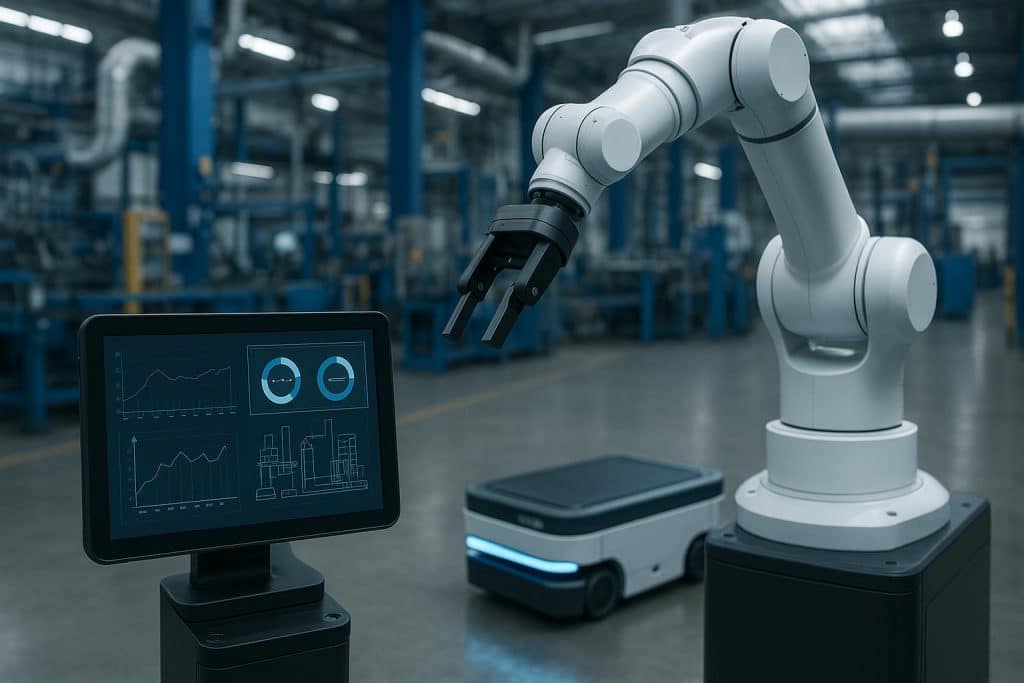Ensuring the safety of electrical systems is paramount in modern industries. Industrial operations rely heavily on the seamless functioning of complex electrical networks, and the slightest malfunction can result in significant downtime, equipment damage, or safety hazards. Among the key devices safeguarding these systems are circuit breakers.
Circuit breakers are electrical instruments designed to protect networks from overloads, short circuits, and unexpected surges. As industries advance, so does the technology surrounding these critical devices, paving the way for smarter, safer, and more efficient operations.
Advancements in Circuit Breaker Technology
Over the past few years, the development of circuit breakers has shifted from traditional mechanical systems to intelligent, integrated solutions. Modern devices now incorporate advanced sensors, microprocessors, and automated control mechanisms that detect abnormalities with unprecedented precision. Unlike conventional breakers, these instruments can analyze current fluctuations in real-time and respond instantly to prevent equipment damage.
The evolution of smart circuit breakers also includes the incorporation of predictive analytics. By employing data-driven algorithms, these devices can forecast potential faults before they occur, allowing maintenance teams to deploy preventive measures. This approach not only minimizes downtime but also reduces the risk of accidents, creating a safer industrial environment.
Integration with Digital Monitoring Systems
A significant innovation in industrial electrical equipment is the integration of circuit breakers with digital monitoring systems. By connecting these devices to centralized control platforms, operators can remotely monitor performance, detect irregularities, and manage electrical loads across the facility. This connectivity allows for rapid decision-making and enhances overall operational efficiency.
The integration of such devices into industrial Internet of Things (IoT) networks enables the collection and analysis of large volumes of data. Patterns and anomalies can be identified, supporting continuous improvement in electrical safety protocols. Furthermore, this approach ensures that electrical systems can be dynamically managed to meet varying operational demands, reducing energy wastage and optimizing equipment longevity.
Enhanced Safety Features
Modern circuit breakers are now equipped with multiple safety mechanisms that go beyond simple overload protection. For instance, many devices employ arc-fault detection technology, which identifies dangerous arcs that could potentially cause fires. Others incorporate ground fault interruption capabilities, ensuring immediate response to leakage currents that could harm personnel or damage machinery.
Additionally, modular designs are becoming increasingly common, allowing facilities to deploy devices in scalable configurations. This flexibility ensures that electrical protection grows in tandem with industrial expansion, maintaining safety standards without requiring complete system overhauls.
Sustainability and Energy Efficiency
The industrial sector is under growing pressure to reduce energy consumption and enhance sustainability. Innovations in circuit breakers contribute significantly to this effort. Modern devices are designed to minimize energy losses during operation, while intelligent load management systems reduce unnecessary power consumption.
By employing energy-efficient devices, industries can cut operational costs while adhering to environmental regulations. Advanced circuit breakers also support renewable energy integration, enabling the safe deployment of solar or wind energy systems within industrial setups. This ensures that electrical protection is maintained even as industries transition toward greener power sources.
Predictive Maintenance and Lifecycle Management
Another area of innovation is the incorporation of predictive maintenance capabilities within circuit breakers. By continuously monitoring device performance, these instruments can indicate when components are nearing the end of their service life. This proactive approach allows maintenance teams to schedule replacements or repairs before failures occur, reducing the risk of unscheduled downtime and costly repairs.
Lifecycle management tools also assist in tracking the usage history and performance of each device. Employing these tools helps organizations make informed decisions on equipment upgrades, replacements, and operational strategies, ensuring that electrical safety remains uncompromised over time.
Benefits of Partnering with Reputable Energy Brands
Deploying advanced circuit breakers is most effective when organizations collaborate with trusted energy partners. Reputable brands offer high-quality electrical instruments that adhere to stringent safety standards and industry certifications. Partnering with such providers ensures access to reliable devices, technical expertise, and ongoing support for installation, integration, and maintenance.
Moreover, these collaborations facilitate training for personnel, optimizing device performance, and enhancing overall safety. Industries benefit from peace of mind, knowing that their electrical systems are safeguarded by equipment engineered for both efficiency and resilience.
